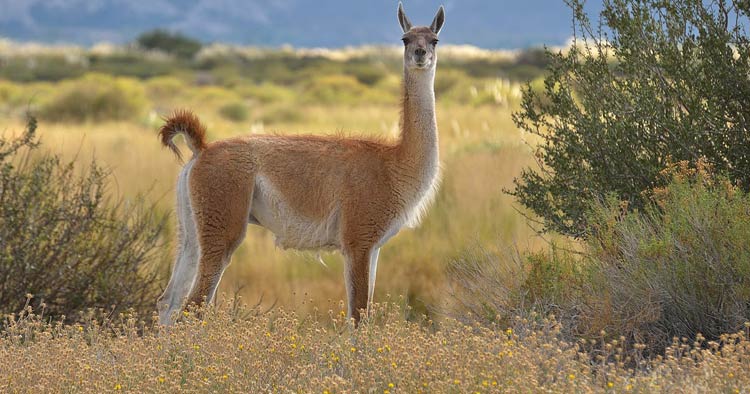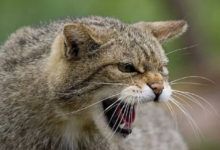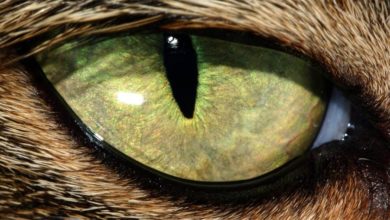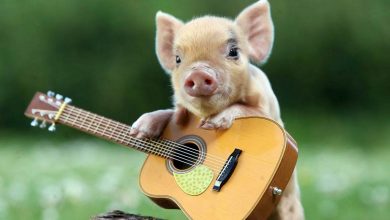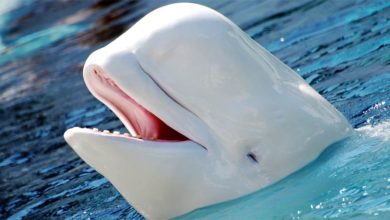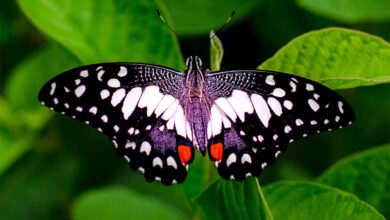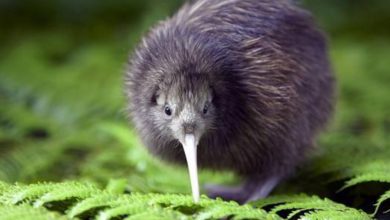Guanaco: The Silent Guardian of the Andes
In the windswept expanses of Patagonia and the rugged highlands of the Andes, a silent guardian roams. The guanaco, with its elegant silhouette and unyielding spirit, stands as a testament to the beauty and resilience of nature’s design. This remarkable creature, woven into the very fabric of South America’s ecological tapestry, embodies the delicate balance between survival and grace. As the world rushes forward, the guanaco remains a symbol of endurance, quietly navigating the harsh terrains it calls home. To truly understand the guanaco is to glimpse the intricate dance of life in one of the planet’s most untamed landscapes, where every stride is a story, every glance a whisper of an ancient bond with the earth.
Taxonomy
- Kingdom: Animalia
- Phylum: Chordata
- Class: Mammalia
- Order: Artiodactyla
- Family: Camelidae
- Genus: Lama
- Species: Lama guanicoe

Distribution and Habitat
Guanacos are native to South America, primarily found in the arid and semi-arid regions of Argentina, Chile, Peru, Bolivia, and Paraguay. They inhabit diverse environments ranging from sea level to high altitudes (up to 4,000 meters / 13,123 feet), including grasslands, shrublands, and mountainous terrains.
Characteristics
Guanacos are social animals living in family groups or larger herds. They are well-adapted to their harsh environments, exhibiting behaviors and physiological traits that allow them to thrive in regions with extreme temperatures and scarce water.
Appearance
Guanacos have a slender, elegant build with long necks and legs. Their fur is dense and woolly, varying in color from light brown to dark cinnamon, with a pale underside. They have large, expressive eyes and small, pointed ears.
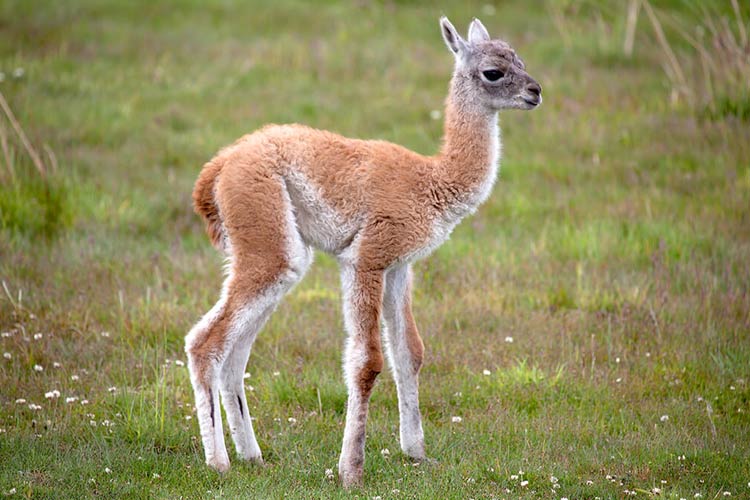
Behavior, Lifestyle, and Ecology
Guanacos are diurnal, most active during the day. They live in family groups consisting of a dominant male, several females, and their offspring. Bachelor groups of young males are also common. Guanacos are territorial, with dominant males defending their groups from rivals. They communicate through vocalizations, body postures, and ear movements.
Diet
Guanacos are herbivores, primarily grazing on grasses, shrubs, and lichens. Their diet varies with the season and availability of food. They have a unique digestive system that allows them to efficiently extract nutrients from tough, fibrous plants.
Reproduction and Parenting
Breeding occurs between November and February. After a gestation period of 11.5 months, females give birth to a single offspring, called a chulengo. Chulengos are precocial, able to stand and walk within minutes of birth. They are nursed for 6 – 8 months but start grazing at around 2 weeks of age. Males do not participate in rearing the young.
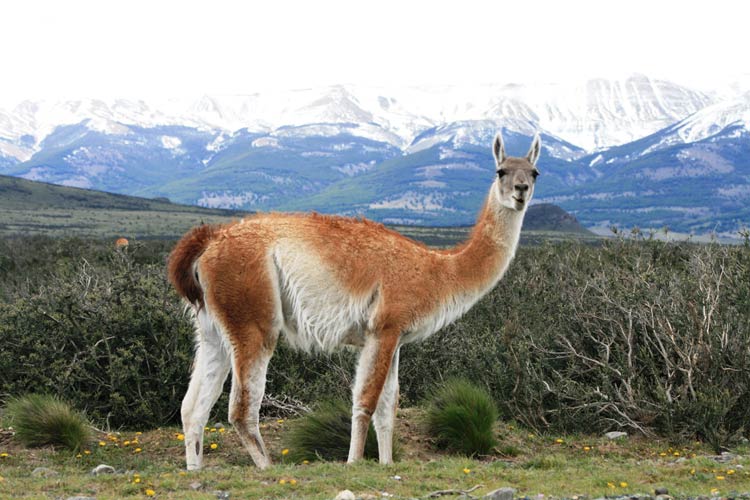
Predators and Threats
Primary predators include pumas and foxes. Humans also pose significant threats through hunting and habitat destruction. Guanacos have developed keen senses and swift running abilities to evade predators.
Interactions with Humans
Historically, guanacos were hunted by indigenous peoples for their meat, hides, and wool. Today, they continue to face threats from poaching and competition with livestock. Conservation efforts are in place to protect their populations and habitats.
Population
The current population of guanacos is estimated to be around 500,000 individuals. However, numbers vary regionally, with some populations stable and others declining.
Status and Conservation
Guanacos are classified as “Least Concern” by the IUCN, though certain populations are threatened. Conservation measures include legal protection, habitat preservation, and sustainable management practices.
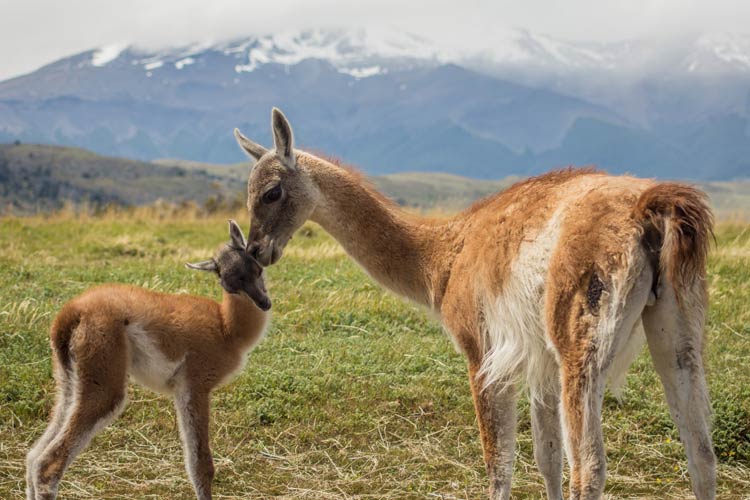
Guanaco in Numbers / Dimensions
- Length: 2.1 to 2.2 m (6.9 to 7.2 ft)
- Total height: 1.2 – 1.4 meters (3.9 – 4.6 ft)
- Height at the withers:
- Males: 1.3 meters (4.2 ft)
- Females: 1.0 meters (3.3 ft)
- Weight:
- Males: 90 – 140 kg (198 – 309 lbs)
- Females: 80 – 120 kg (176 – 264 lbs)
- Lifespan: 15 – 20 years
- Max speed: 56 km/h (35 mph)
- Maximum lifespan:
- In the wild: 15 – 20 years
- Captive: Up to 28 years
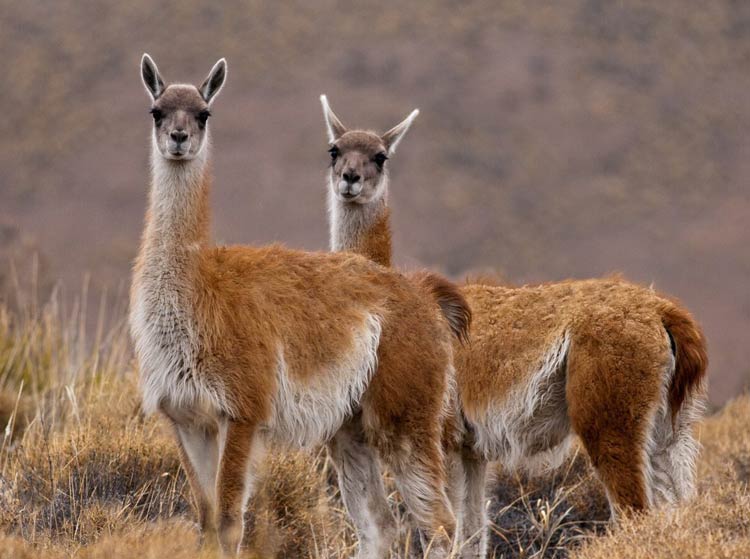
Interesting Facts about Guanaco
- Guanacos have specialized blood with high hemoglobin concentration, allowing them to survive at high altitudes with low oxygen levels.
- They are capable swimmers, often crossing rivers to reach new grazing areas.
- Guanacos use a communal dung pile, which helps limit the spread of parasites.
- Their wool is highly valued for its softness and warmth, similar to that of alpacas.
- They play a crucial role in their ecosystem by dispersing seeds through their feces, promoting plant diversity.
